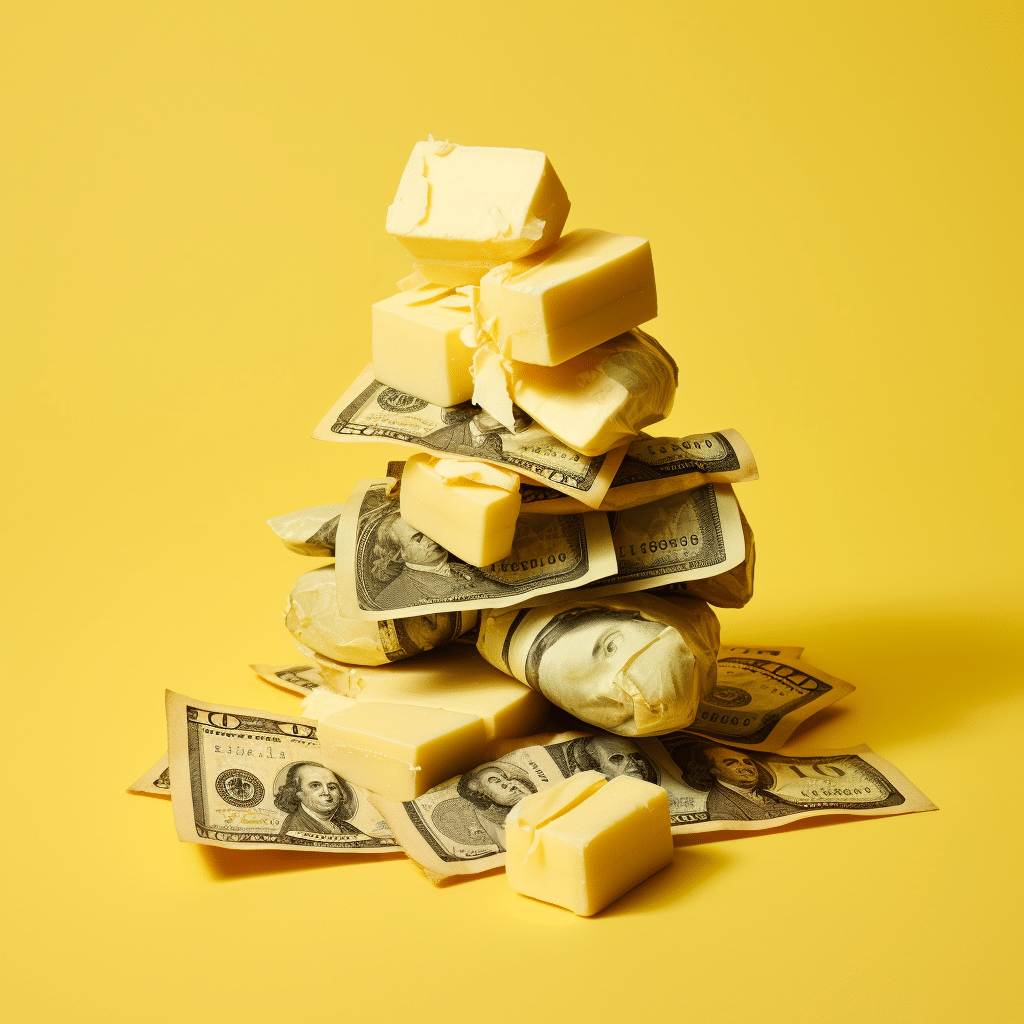In a world where instability and inflation seem intertwined, recent data offers a glimmer of hope. Grocery price inflation, a critical indicator of market health, has witnessed a consecutive decline for the seventh month, landing at 11% for the month ending 1st October. This marks the lowest rate since June of the previous year1.
What’s driving this change? For starters, data from analytics powerhouse Kantar reveals a notable drop in the price of staples. The average cost for a 250g pack of butter, for instance, plummeted by 16 pence year-on-year2.
Retail strategies too are evolving. Supermarkets are reviving promotional offers, aiming to strike a balance between quality and affordability. Remarkably, a whopping 26.5% of grocery sales in the recent quarter were driven by promotions – the highest since June 20223.
The market dynamics are interesting. Tesco, a dominant player, has been at the forefront of this promotional wave. Their sales surged by 9.2% over the past 12 weeks. Brand-focused promotions also saw a resurgence, narrowing the gap with own-label products4.
Shifting gears, September’s unusually warm weather played its part. Sales of summer staples like ice cream and burgers soared. On the flip side, early holiday shopping took a hit, with items like Christmas puddings seeing reduced demand5.
Lidl and Aldi, known for their competitive pricing, witnessed robust growth, with Lidl emerging as the fastest-growing retailer this month6. Meanwhile, reports suggest a potential collaboration between Waitrose and Amazon, a move that could reshape online grocery shopping7.
In conclusion, the retail industry is in flux. While inflation concerns loom, supermarkets are innovating, providing consumers with both value and choice.
Links to External Sources:
- Latest figures from Kantar https://www.kantar.com/uki/inspiration/fmcg/2023-wp-grocery-inflation-cools-again-as-shoppers-seek-value-during-sunny-september
- Effects of warmer weather on sales
- Potential Waitrose and Amazon collaboration



